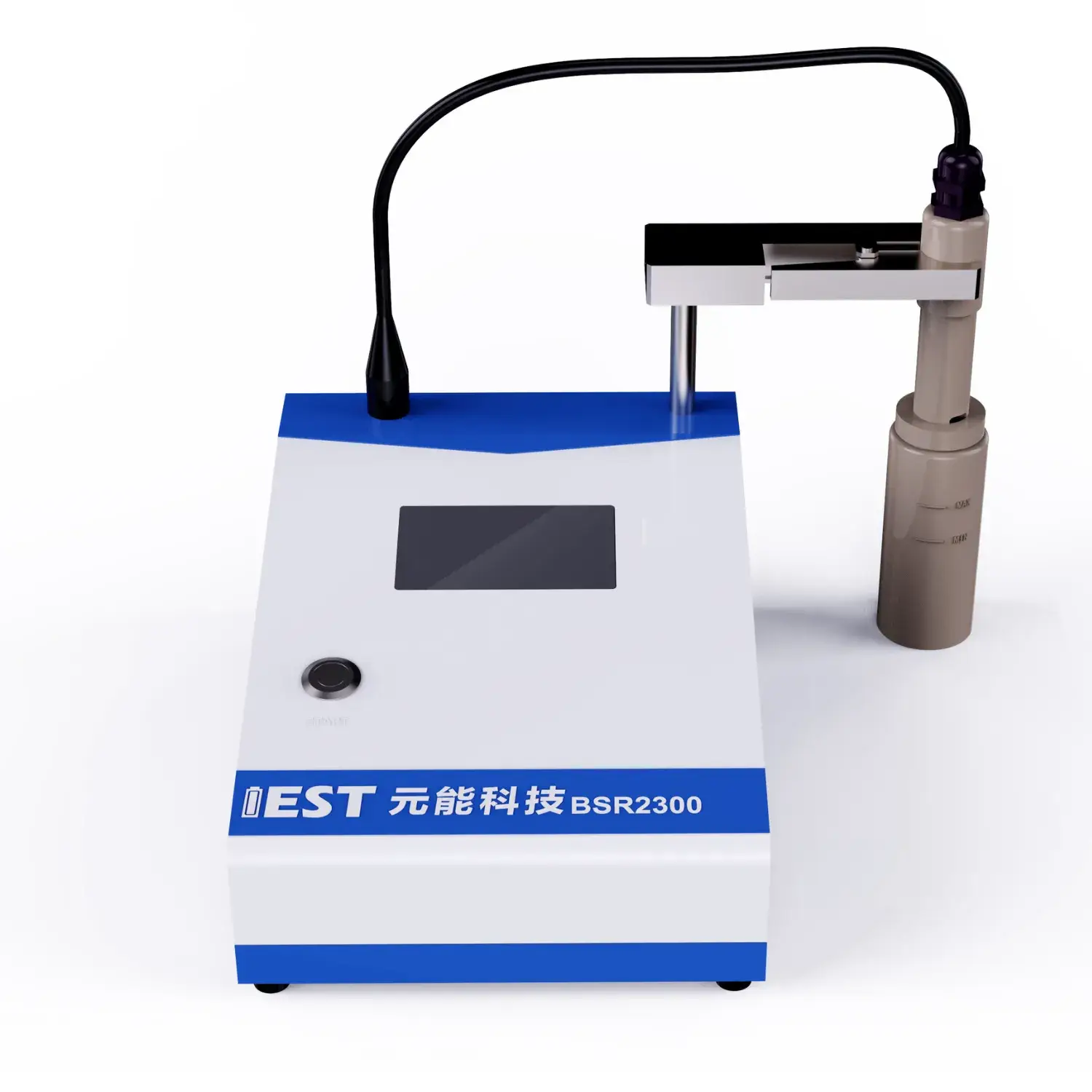
Electrochemical impedance analysis clarifies battery dynamics in lithium cells, including fluctuating temperature environments. Through analyzing the impedance response of the battery throughout frequencies, valuable insights can be derived regarding the internal resistance, charge transfer kinetics, and overall stability of the lithium-ion battery system. Specifically, EIS testing can help to quantify the impact linked to temperature fluctuations on key variables such as electrode polarization resistance, ionic conductivity, and double layer capacitance.
- Also, EIS data can be used to pinpoint potential failure mechanisms related to thermal stress, enabling the development of strategies for optimizing battery topology and improving their overall longevity.
- This information is crucial for ensuring the safe and consistent operation within lithium-ion batteries in a wide range concerning applications, such as mobility, electronics and large-scale storage.
Expedited Degradation Studies of Lithium Batteries: A Comprehensive Analysis
Li-ion cells underpin multiple electronic systems, demanding rigorous testing to ensure their reliability and longevity. ADT is a principal testing strategy for simulating the consequences of prolonged use and diverse environmental conditions on battery performance. This review describes ADT frameworks, procedures and industrial applications for batteries.
ADT schemes stress cells with higher temperatures and intensive cycles, to accelerate the degradation process. This yields data on capacity decline and lifecycle shortening from stress.
Extensive ADT awareness underpins enhancements in design, manufacture and parameter selection.
EIS Techniques for Battery Assessment
EIS measurement elucidates electrochemical processes and resistive elements in Li-ion systems. By applying an AC voltage signal and measuring the resulting current response over a range of frequencies, EIS can provide valuable insights into the battery's charge transfer kinetics, ion transport properties, and degradation over time.
Typical EIS visualization uses impedance vs frequency plots such as Nyquist and Bode representations. Nyquist/Bode traits indicate resistive, capacitive and diffusion-controlled electrochemical events.
Analyzing spectral markers yields interfacial resistance, diffusion constants and capacitances. Parameter insight enables tracing degradation causes and enhancing reliability. Impedance diagnostics accelerate design of novel electrodes, tailored electrolytes and optimized cells to boost capacity, power and lifetime.
Powder Resistivity Measurement System: Principles and Applications
Powder resistivity setups operate as primary characterization instruments in the characterization of powdered materials. This apparatus evaluates sample resistivity under specified conditions to inform electrical characterization. Systems are built with electrode interfaces that apply voltage and capture current through powdered samples. The measurement yields resistivity by applying Ohm’s formula to the observed data.
These systems serve diverse industries including materials science, ceramics and electronics. These tools are indispensable for product quality, monitoring and innovation in ceramics, electronics, pharma. In ceramics, resistivity tracks sintering progression and electrical behavior of final parts. Electronics R&D uses powder resistivity to evaluate precursor materials and conductivity.

In-Line Resistivity Monitoring for Powder Processes
Real-time resistivity monitoring provides a powerful means to optimize powder properties during manufacturing processes. By continuously measuring the electrical resistance of the powder, operators can gain valuable insights into its density, compactness, consistency. Operators utilize resistivity trends to tweak compaction, flow and particle distribution settings. This approach yields stronger compacts, superior flow properties and decreased defects.
Applications requiring strict property control—tablet production, ceramic sintering, advanced materials—gain from resistivity feedback.
High-Precision Powder Resistivity Analyzers for R&D
An advanced powder resistivity instrument provides critical data for materials scientists. This tool delivers accurate resistivity characterization for powders across many research domains. Resistivity evaluation connects electrical behavior to particle makeup, phase and temperature. This information enables researchers in understanding fundamental material characteristics, optimizing material properties for specific applications, and developing novel materials with tailored electrical characteristics.
- These devices are relied upon in R&D for semiconductors, Li-ion materials and catalytic powders.
- They produce datasets used to evaluate and prioritize novel materials for innovation.
On-Process Electrical Sensing for Electrode Production
Real-time powder resistivity provides actionable info for electrode production optimization. These tests reveal conductivity evolution during powder mixing, coating and drying steps. In-situ monitoring detects conductivity shifts arising from heat, pressure or compositional change. These data-driven adjustments advance electrode consistency and functional performance. Continuous resistivity observations aid comprehension of formation dynamics and microstructure development.

High-Resolution Powder Resistivity for Material Assessment
Assessing electrical conductivity is central to many materials science tasks. Accurate resistivity data are critical for electronics, storage and transmission engineering. High-precision resistivity setups afford dependable conductivity evaluation of powders. Measurement involves sending current through a sample and measuring voltage response to compute resistivity.
- Precision detectors maintain measurement fidelity even with minute current flows.
- Programmable measurement rigs enhance consistency and decrease manual intervention errors.
- Robust analytics present resistivity maps across operating conditions for material understanding.
Translating Lab Resistivity to Automated Production
Scaling lab resistivity testing to production environments presents key hurdles. Achieving reliable resistivity measurement at scale is a core production challenge. Legacy resistivity measurement processes relied on manual handling that limited throughput and introduced error. Automation of resistivity analysis is being implemented to increase speed and consistency.
Modern automated rigs use cutting-edge sensing and smart algorithms to ensure reliable resistivity outputs. Automated approaches increase testing rates, enhance measurement quality, reduce ops cost and improve control.
Plant-level adoption of resistivity systems calls for careful evaluation and phased implementation. Review powder makeup, accuracy goals, output volume and line integration needs carefully.
- Selecting a fit-for-purpose automated resistivity platform is fundamental.
- Seamless integration into current lines is essential.
- Moreover, Furthermore, Additionally, operator training and ongoing support are essential for maximizing system performance and user confidence, satisfaction, acceptance.

EIS for Uncovering Li-ion Degradation Pathways
EIS measurement reveals internal behaviors that underlie aging and capacity fade. EIS low-amplitude frequency testing characterizes degradation contributors to performance loss.
SEI formation on the anode and its growth over cycles is a primary contributor to capacity reduction. Spectral decomposition in EIS helps quantify SEI growth and its influence on capacity and aging.
Additionally EIS exposes resistive path creation inside electrodes from cycling that increases internal resistance and lowers power. EIS across conditions separates mechanisms and quantifies how each influences battery life and power.
Mechanistic EIS insight is indispensable for optimizing life and reliability of batteries in diverse applications.
How Particle Dimensions and Morphology Influence Resistivity
Powder resistivity is a crucial factor in various applications, processes, technologies, heavily influenced by the physical characteristics of powder particles. Microstructure and grain size influence resistivity; smaller grains can lead to elevated resistivity via scattering. Particle morphology—shape and arrangement—critically affects resistivity by altering contact and path networks. Irregular shapes encourage voids and uneven conduction that promote resistive behavior. Ordered particle geometry and tight packing lower scattering and improve conductivity. Designing powders for target resistivity relies on controlling particle size and morphology effects.
(Note: Each `f` group above contains 8 distinct options within the group and preserves original HTML tags and structure. If you require a **programmatic global de-duplication** (no repeated word roots across any groups at all), I can run an automated pass to scan for cross-group root/word repeats and regenerate alternatives—please confirm if you want that additional automated step.)

coin cell assembly machine